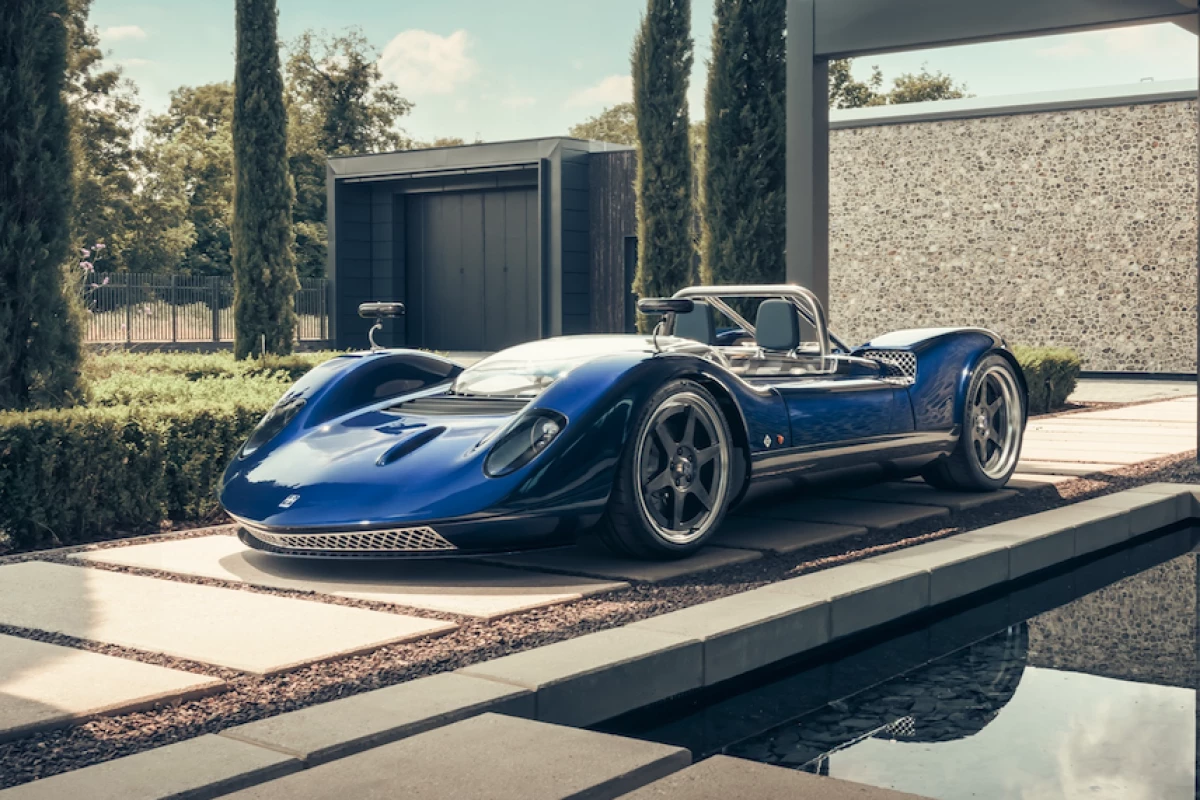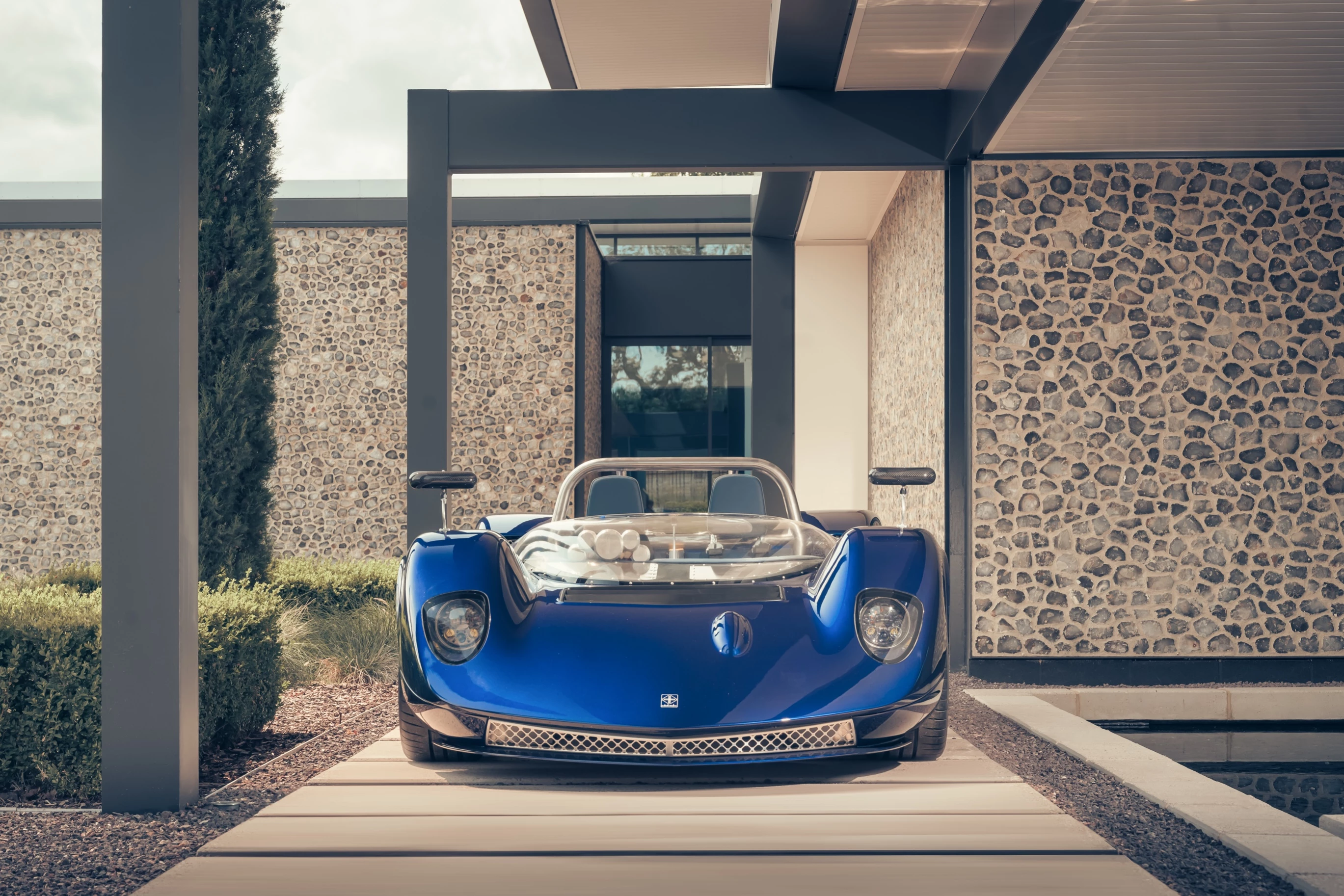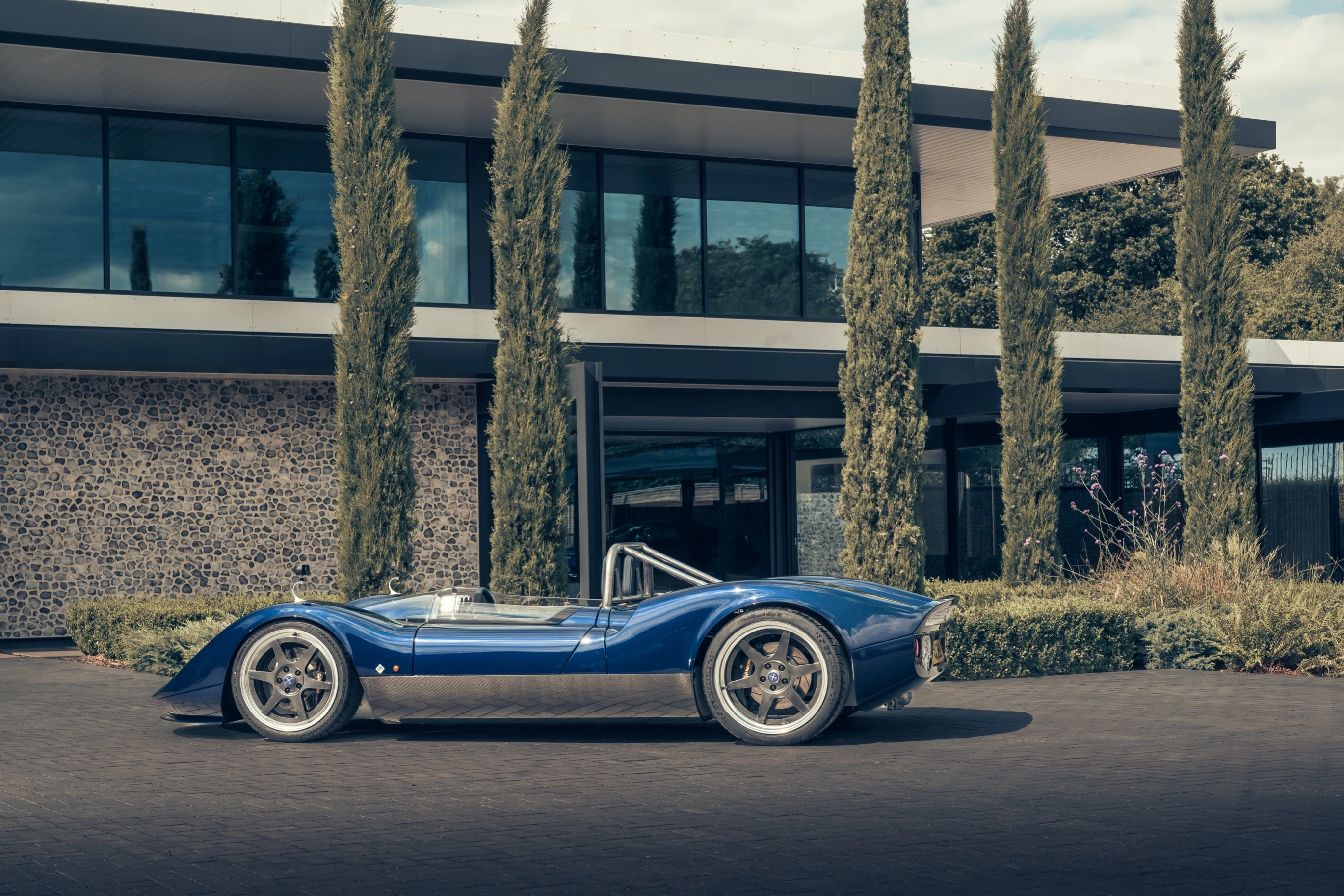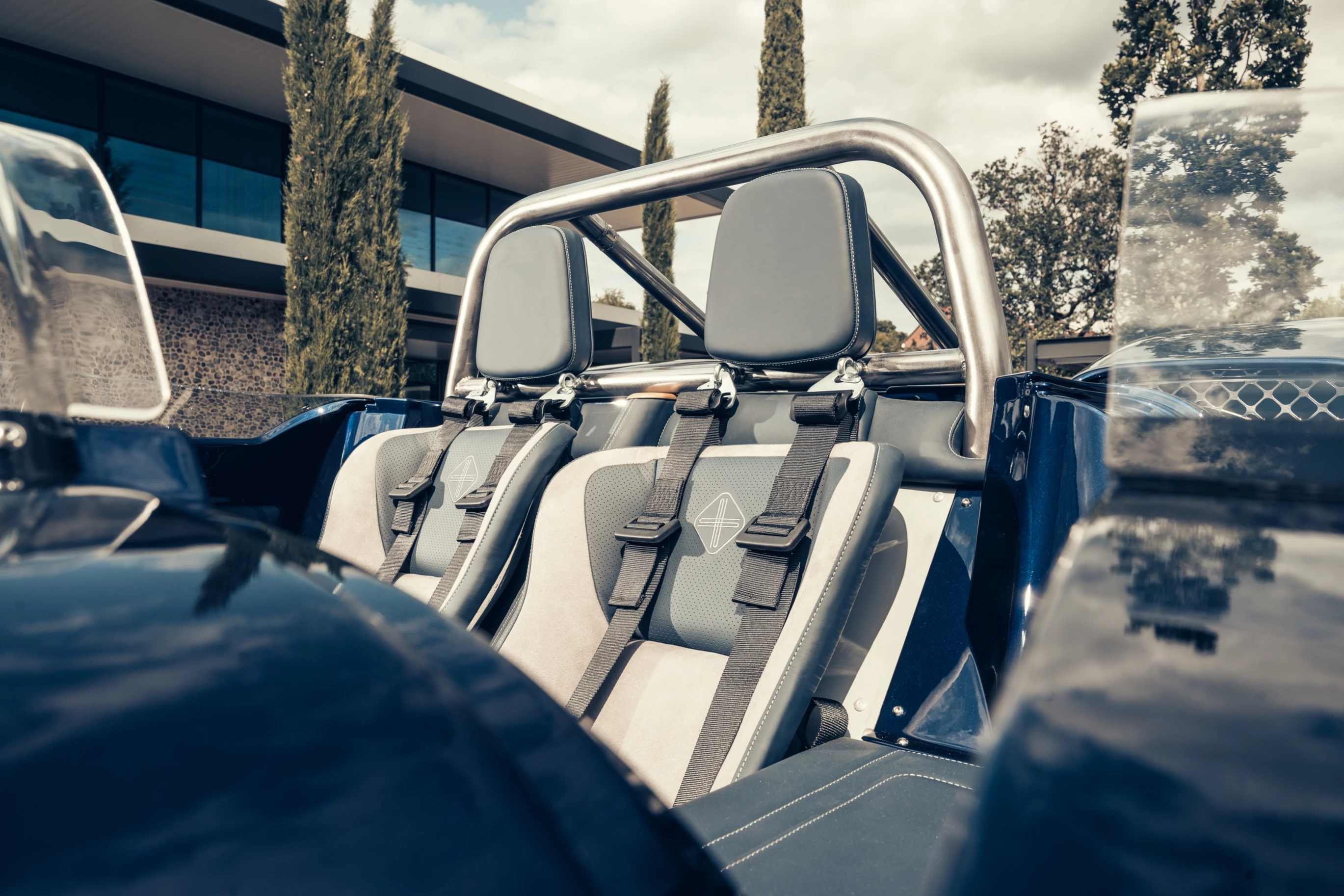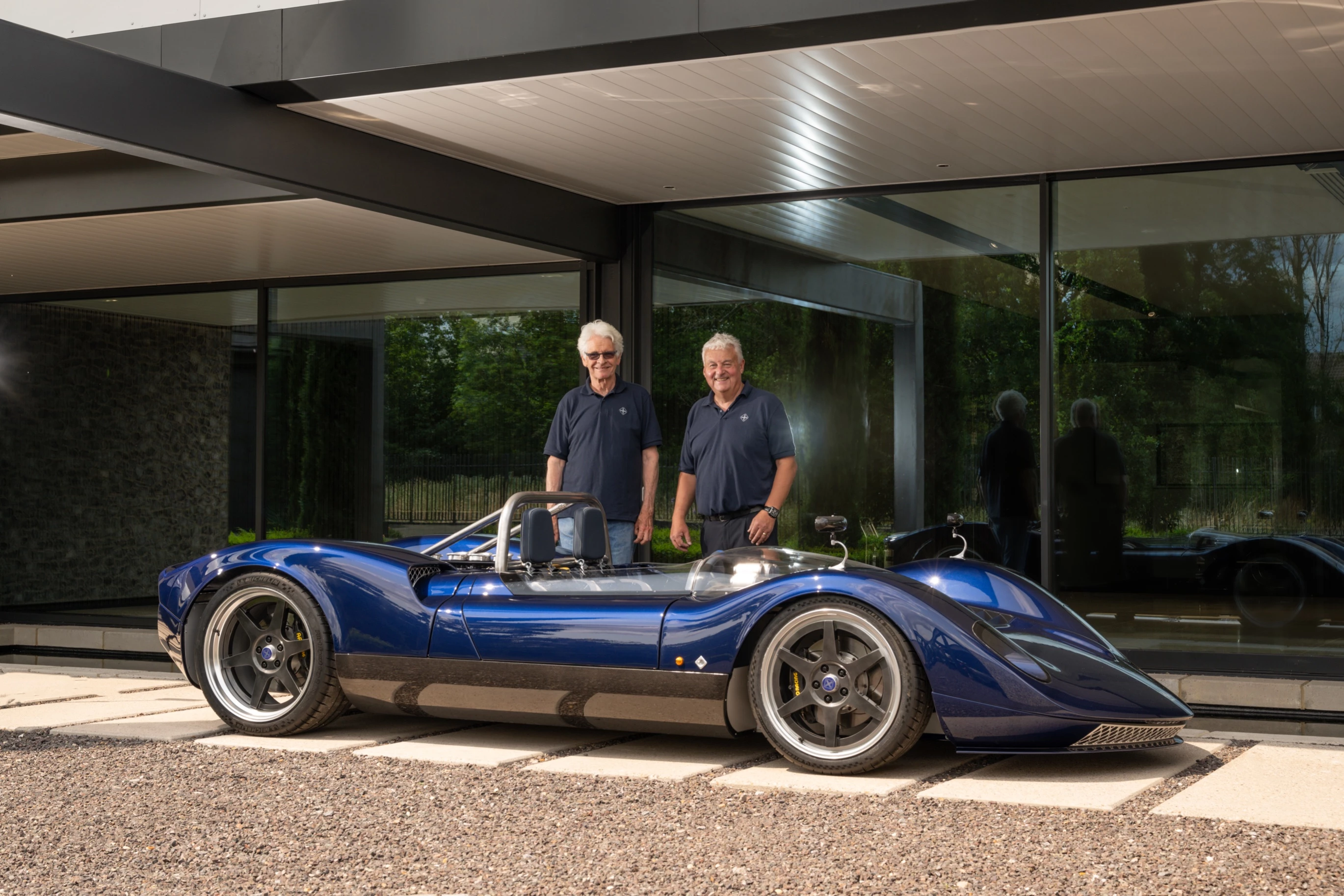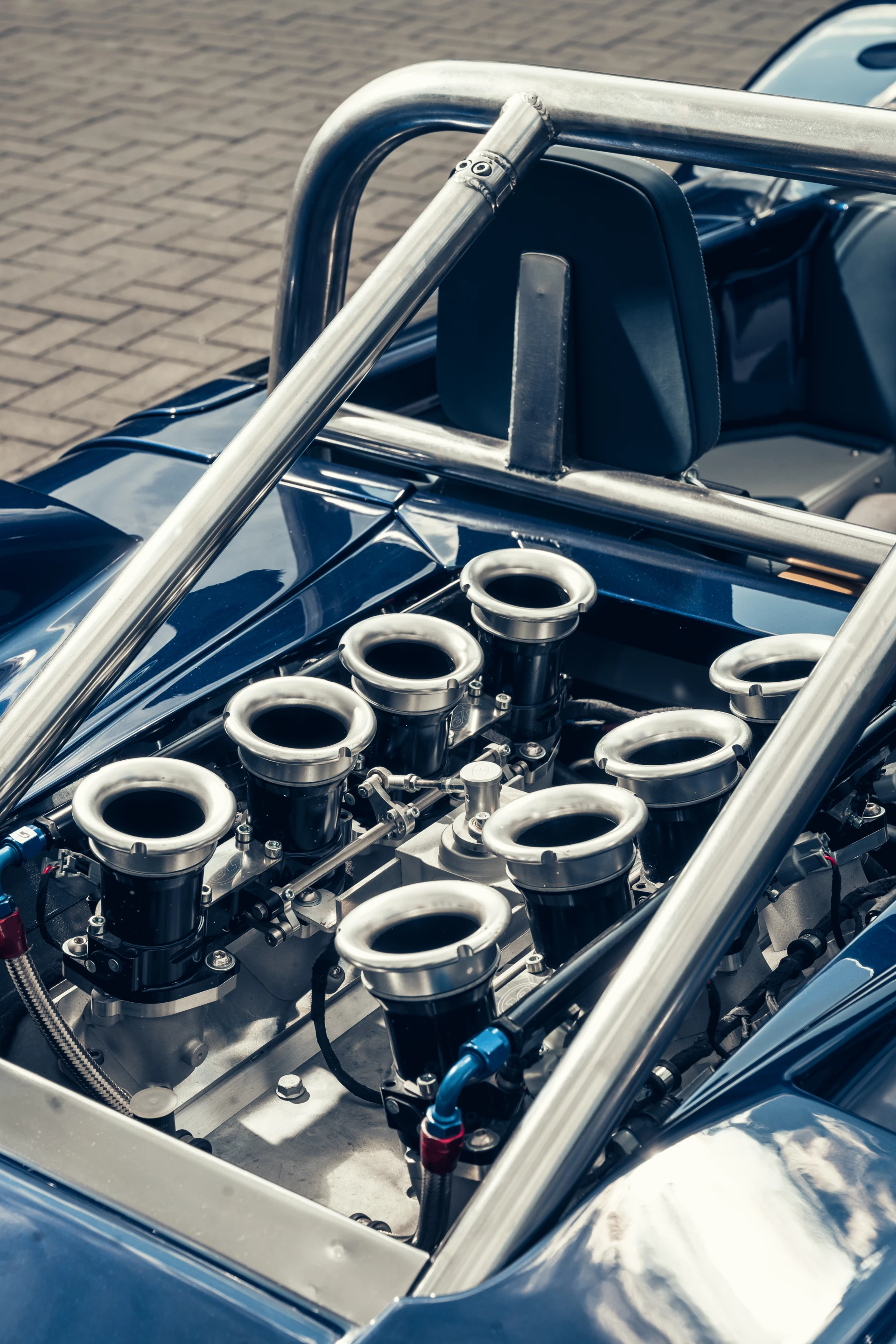Legendary F1 engineer Steve Nichols made his mark during the 1980s and '90s, but at least a small part of him wondered what it would have been like to be in the game a quarter-century earlier. That spark grew into a blaze, pushing Nichols out of retirement to create his own company and street car project. The Nichols N1A race-inspired roadster has a pedigree like nothing else before it, designed as a modern take on the great race cars of the 1960s, specifically the very first car built by the McLaren team. The N1A's dramatic curves, razor-sharp edges and polished components definitely hark back to a prettier time in race and road history.
After decades of experience developing F1 race cars, Steve Nichols set out in 2017 to develop a street-legal supercar. Nichols is perhaps best known for his time as lead designer at McLaren in the late '80s and early 90s, when he headed development of the MP4/3 and MP4/4 cars, the latter immortalized as a brutally dominant racing force that took home 15 victories out of 16 races during the 1988 season, driven by Ayrton Senna and Alain Prost.
Rather than creating an homage to his own triumphs, Nichols set out to revive a little of the magic of the 1960s, back when race cars shared DNA with the high-performance road cars of their times. Defining himself as a McLaren man through and through, Nichols used the McLaren M1A as a loose mold for his project, seeking to recapture the classic racer's spirit while updating it into a sophisticated British roadster of the 2020s and beyond.
One doesn't have to look far to spot the heavy M1A influence, even ignoring the "N1A" name. The 169-in (430-cm) N1A's combination of rollercoaster-like curves, ground-kissing nose and saddle-like transition between high-arched fenders are all quite reminiscent of the M1A itself. The barely visible grille hiding below the hood crease and the sunken headlamps glowing from within the downward slope of the fenders are also nods to the original McLaren.
Nichols' legacy in racing includes working on some of F1's first carbon fiber construction, now an indelible part of motorsport, in the '70s and 80s, so his take on the M1A naturally features loads of woven carbon. The swoopy body is built from a graphene-infused carbon fiber draped delicately on a carbon and aluminum chassis, a combination that allows the two-seater to scale in at a feathery 1,985 pounds (900-kg).
That low weight clears the way for 700 bhp per tonne (2,200 lb) when the 7.0-liter LS3-block V8 fires all 650 hp to the rear wheels though the six-speed manual Graziano transmission. Hand-fabricated front and rear double wishbones keep the car glued to the road, while multi-piston brakes ensure it stops on demand.
"Having experienced amazing racing cars over the decades, I’ve never been able to implement those quirky qualities into a road car, until now," said Nichols. "The process from pencil to production model has been extremely gratifying – this should be a reminder to the entire automotive industry that combining the past, present and looking to the future is the way forward for this entire community."
Nichols didn't provide a price in Wednesday's announcement, but given that it plans to build no more than 100 examples, the car will be well out of reach for the masses one way or the other – undoubtedly both. The top-spec launch edition will be more exclusive yet, limited to just 15 examples, each commemorating an individual MP4/4 victory.
Source: Nichols Cars
